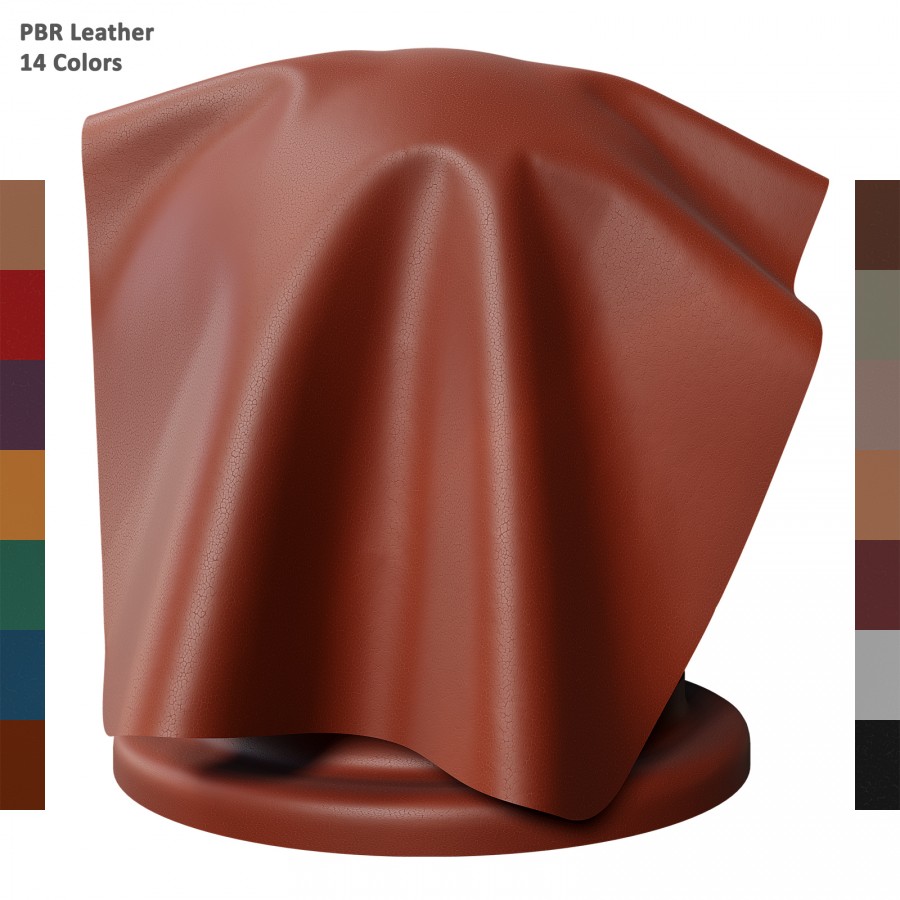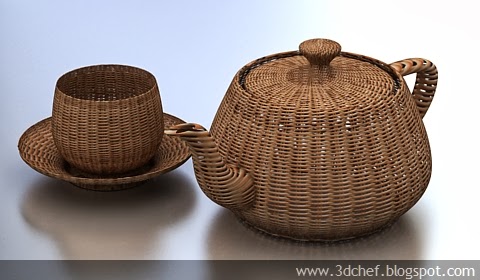

Only major downside asside from having all the extra nodes floating around is that it doesn't work with glossy fresnel. The result will be exactly identical, since it's the same as what VRay Next Metalness does, it blends the base and reflection colors using the IOR. There's your very own deconstructed metalness shader. If you need to use a metalness map from a PBR material, use the vrayblend mtl with the metalness texture as the blend amount. Use a fresnel node with the given IOR value to blend between the given metal base color and a pure white color. Find the metal you want to use from the list and note the "Base (diffuse) color" and the IOR value.ģ. Set diffuse to black and disable fresnel entirely in the vraymtl.Ģ.
Vray 3ds max suede material how to#
I hope my explanation comes in handy to you and to any other who might find this problem a headache.Here's how to manually do what Metalness does in Vray Next, using the same values given in the "Understanding metalness" blog post (which are also in the Vray documentation):ġ.
Vray 3ds max suede material Pc#
Please find all the maps that are missing or those which your PC can not locate because of wrong path and replace them with whatever you feel like. Those “Maps” are different channels which effect and control the properties of materials, you need to explore your downloaded material before you proceed with the application. Click on those “M” and in the new tab, you will find a source, pretty much similar to the “path” I have been talking about, look for the last “\” and the name after that, that name is the bitmap you are looking for (I hope I am not making you feel bad by so much explanation).Īpart from these small boxes, there is a “Maps” section in every Shader, be it VRay, Mental Ray or Standard Scanline. Similar “M” will be there in reflect, reflect glossiness or any other area. The moment you do this, you will see a “M” in place of that box, it means that channel is influenced by some kind of map (in our case, bitmap). psd and other image files), then search for the bitmap you want to use, in your case, the place where you might have downloaded your material, they would have provided the bitmaps with it. It is very simple, you just open your material browser, in that, when you select your VRay Mtl, next to your diffuse color, there is a small box, click on that, it will ask what type of file you want to place, you click on Bitmap (can include. You said you have problems loading regular. To solve this problem, the only way is to reload the bitmaps. This will create a mess and the materials will not work as they should. Now, when someone else downloads my material from internet, their PC will look for the path which has been assigned for the bitmaps previously, but it will not be able to find it. Since our PC does not have those special names of the directories, max can not find bitmaps, for example, I create a material and I have all of my bitmaps stored in C:\Users\SomeName\Documents\Textures, my max will register this path as the first priority to look for, even if I export my material as a.

When we try to import some material in the library of max, usually max looks up for the actual path of the bitmaps, place where the bitmap was originally stored, during the creation process. I faced these kinds of problems a lot of times and I think this is a good topic to talk about.īasically, these types of materials depend on the bitmaps for a lot of their realism, like the surface properties (bump, reflection glossiness, amount of reflection). Sometimes (most of the times) the materials does not look/behave the same as they should.

This post if for discussing the problems we face if we import downloaded materials in VRay.


 0 kommentar(er)
0 kommentar(er)
